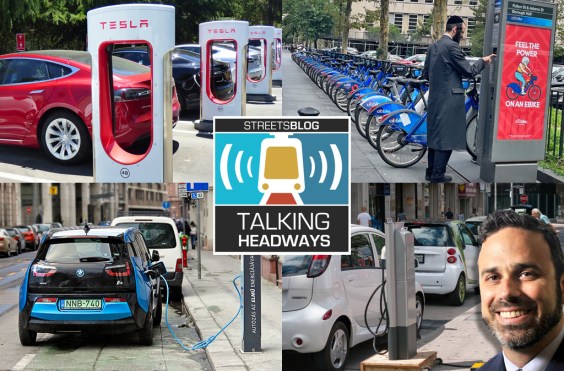Which Muni Lines Will be the Next to Go?
6:36 PM PST on January 4, 2010
With California Governor Arnold Schwarzenegger poised to raid transit funds yet again, and the MTA facing a mid-year budget in the tens of millions, it's looking increasingly likely that the December 2009 service changes will soon look relatively benign compared to what lies ahead.
In light of this, SF Appeal had the guts to look into the eye of the storm and identify which lines are most in danger of getting axed or reduced in the next round of cuts: "These predictions are based largely on a 'report card' that Muni recently released, featuring data about all of its routes: ridership levels, on-time performance, daily cost, and more," writes Appeal reporter Matt Baume. "We crunched those numbers, analyzed past performance, and developed an algorithm that assigns a 'health rating' to each Muni line."
Here's what they came up with:
The line with the lowest health: the 39-Coit. It's unlikely that the line would be eliminated altogether, but recent analysis by Muni indicates that they may cut the number of buses assigned to the line from two to one.
The 24-Divisadero is also perilously high on the list. The recent streetscape improvements may speed up service; and Muni may see that as justification for reducing the number of vehicles to the route. One of the main problems with the 24 is its expense: it costs $41,730 per day, or $3.90 per passenger. That means that Muni loses $1.90 every time you board the 24.
The passengers on the 24 aren't Muni's most heavily subsidized; that honor goes to the 56-Rutland, where Muni pays a startling $9.70 subsidy for each of the 200 daily riders.
Not a single line is "revenue positive," the Appeal notes, though critical transportation infrastructure rarely is. Unlike subsidies for highways and parking, of course, transit funding often looks like an appealing target for legislators who rarely ride it themselves and need to balance a budget.
While the December 2009 service changes were largely informed by the Transit Effectiveness Project, and in some cases were even revenue neutral, future changes will almost certainly cut deeper to the bone. Check out SF Appeal's full Muni line risk chart.
Stay in touch
Sign up for our free newsletter




